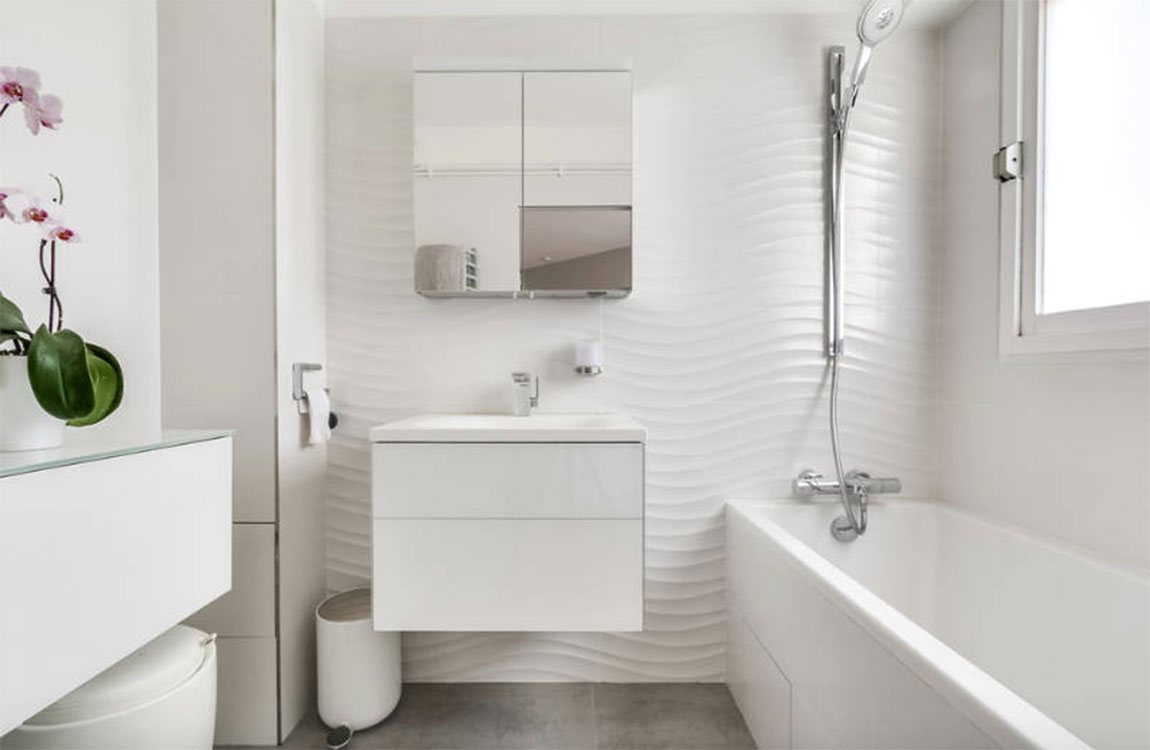How Protecting Your Travertine?
Squeegee and wipe down your travertine after showering. Use a squeegee to remove excess water from the tile after showering. Then, use a towel to wipe your travertine dry to keep soap scum from building up over time. Plus, it’s easier to remove soap residue before it dries.
Pay special attention to pools of water in corners and around edges. If you have a glass shower door, leave it open after showering to allow the water to dry. Establish a regular cleaning routine. Soap scum can cause hard water deposits to accumulate on your travertine. To keep your shower looking its best, clean your travertine shower with non-acidic cleaner a once a week.
If you have a detachable shower head, use it to rinse the tile with warm water after showering to remove soap scum. Creating a calendar reminder can help you remember to incorporate cleaning your shower into your household routine. Clean travertine as soon as something spills.
Whether it’s a colored shower gel or shampoo tinted to enhance hair color, when something spills on your travertine, clean it up right away. Certain bath products contain dyes, which can permanently stain your stone. Inspect grout and tiles for damage.
Bits of grout breaking off can scratch your travertine and trap dirt and grime. Cleaning is a great time to get up close and personal with your tile. Examine your grout and stone for cracks or chips. Be sure to replace chipped or broken tiles and have your grout touched up wherever necessary.












